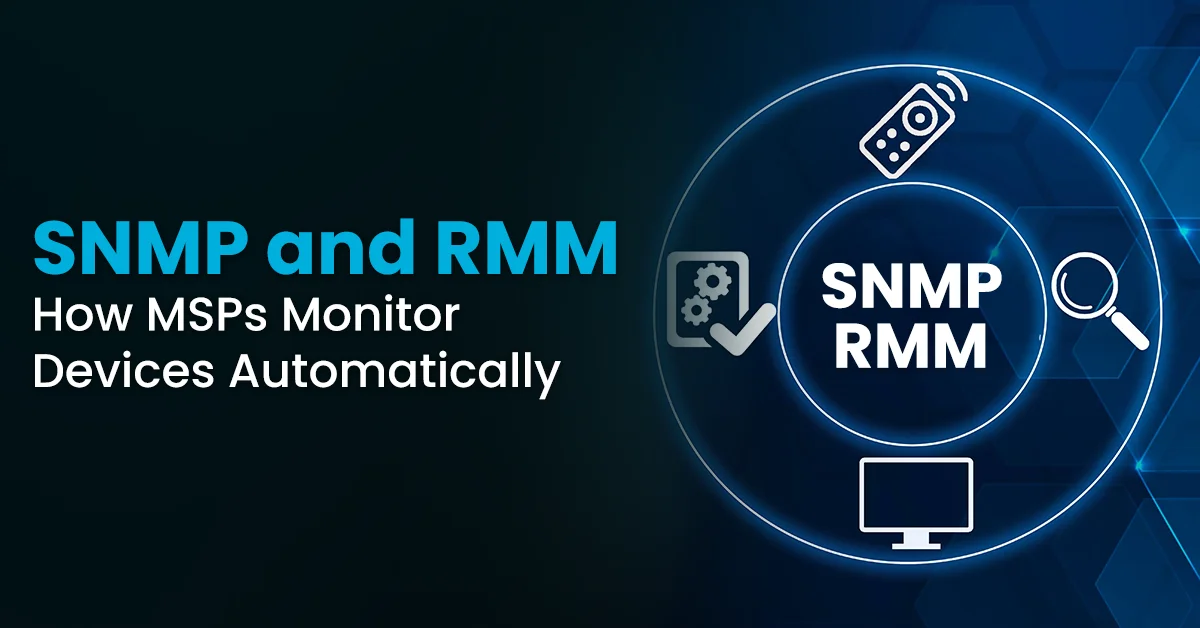We had a meeting yesterday with the team, and there was a quote about the importance of having a positive mindset. As happens with me, I went on a tangent from that quote about the importance of managing our own thoughts about ourselves. I didn’t think much of it, until later that night, when I had another conversation with someone about how we can be our own harshest critics. It made me think that there was value in sharing my ramblings today, especially when there is a real need for us to address burn-out within our teams.
What are Automatic Thoughts?
These are the thoughts that seemingly ‘pop’ into our minds from nowhere. While these thoughts can be random and of no importance, sometimes these thoughts can begin a chain reaction of events that can be either positive or negative. These thoughts start to impact your emotions, which in turn impact your feelings, then your mood, which results in impacting your behavior, and your behavior impacts how you show up in the world and interact with other people.
What happens when you have Negative Automatic Thoughts?
This chain reaction can have significant impacts for us, if our automatic thoughts start out as being negative. Imagine a negative thought jumping into your head while you’re working on a problem – what might that chain reaction look like?
- ‘I’m so stupid, that’s why it’s taking me this long to figure out this problem’.
- ‘Oh no, what if my manager realizes that I’m stupid?’
- ‘They’re going to see that I’m the stupidest/worst person on the team.’
- ‘They’ll fire me as soon as they realize just how stupid I am.’
- ‘No one else will want to hire me either, because they’ll see that I’m stupid as well.’
- ‘I will lose everything because I’m so stupid.’
- ‘I won’t be able to support myself and my family.’
- ‘I’m a complete failure.’
This thought progression escalated quickly from someone struggling with a problem at work to someone thinking that they are a complete failure. While it may seem extreme, this is unfortunately the type of thinking that some people struggle with. We as leaders can be in a prime position to intervene and stop this downward spiral.
How do you stop the downward spiral of negative thinking?
First things first. Just because you have a thought jump into your head – it does not mean it’s true or accurate. It’s important to look at the thought from a critical lens and assess its validity:
- Am I the only one who struggles with problems?
- If someone else was struggling with this problem, would I call them stupid?
- Is everyone who struggles with problems, stupid?
When someone is stuck in the negative thoughts, they may not always be able to ask themselves these questions, and this is where a leader can provide support.
What can I do as a leader?
When you suspect that an employee may be struggling or beginning this downward spiral:
- Connect with them. It is far easier to address this negative thinking, the earlier it can be caught and examined.
- Acknowledge the difficulty / complexity of the problem / task they are working on from your objective lens.
- Use coaching questions to help them assess the situation from a critical lens.
- Ask them how they would respond to another member of the team if they were struggling with a similar situation / problem.
A key part of employee engagement and well-being is understanding that the ‘whole’ employee comes to work. They do not leave their insecurities, worries, and concerns at home when they start their work. Sometimes it takes just a few minutes of time from us to help someone look at a situation from an outside perspective and help them to step out of that downward spiral.








